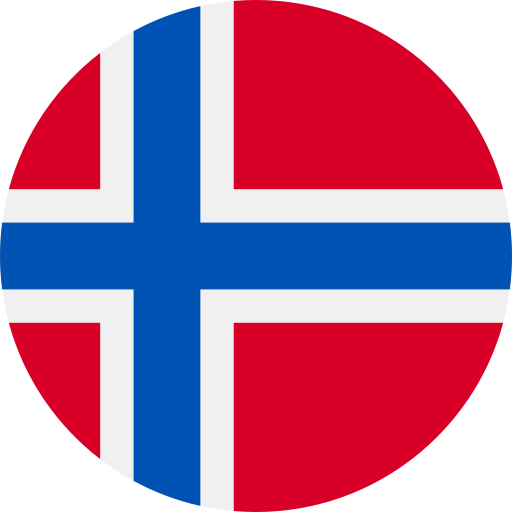Voice-over services in Norwegian are crucial for businesses, media creators, and educators looking to connect with Norwegian-speaking audiences. Norwegian, a North Germanic language spoken primarily in Norway, is a culturally rich and linguistically nuanced tongue. Offering voice-over services in Norwegian requires a deep understanding of its dialects, accents, and cultural context.
What Are Norwegian Voice-Over Services?
Norwegian voice-over services provide professional recordings for a wide range of projects, such as:
- Commercials: Advertising products or services to Norwegian audiences.
- E-learning: Translating educational content into Norwegian for schools or corporate training.
- Audiobooks: Narrating books in Norwegian to bring stories to life.
- Video Games and Animation: Adding authentic Norwegian voices to characters.
- Documentaries: Delivering engaging narration for Norwegian-language documentaries.
The goal is to provide clear, culturally appropriate audio that resonates with the target audience.
The Norwegian Language: Bokmål and Nynorsk
The Norwegian language has two official written forms: Bokmål and Nynorsk.
- Bokmål: The more commonly used variant, influenced by Danish.
- Nynorsk: A form created from regional Norwegian dialects, often used in rural areas.
When producing Norwegian voice-overs, it’s essential to know which variant the audience prefers. Most Norwegians are comfortable with Bokmål, but certain audiences may expect content in Nynorsk to reflect their identity.
Norwegian Dialects in Voice-Over
Norway’s diverse regional dialects make voice-over work unique. Key Norwegian dialects include:
- Eastern Norwegian (Østnorsk): Common in Oslo and surrounding areas; often used in media.
- Western Norwegian (Vestnorsk): Known for its melodic intonation; spoken in cities like Bergen.
- Northern Norwegian (Nordnorsk): Features distinct sounds and is spoken in the northern regions.
- Trøndersk: Spoken in central Norway, with a unique rhythm and pronunciation.
Choosing the Right Dialect
Using the appropriate dialect in voice-over enhances authenticity and helps establish a connection with local audiences. For instance, a commercial targeting Oslo residents should use Eastern Norwegian, while a regional documentary might benefit from a local dialect.
Accents in Norwegian Voice-Over
Accents in Norwegian vary significantly between rural and urban areas. Additionally, Norwegian speakers who have learned the language as a second language often bring their own unique accent to the table. When targeting specific demographics, the accent must align with the audience’s expectations.
- Neutral Accents: Ideal for broad, national audiences.
- Regional Accents: Adds relatability for localized campaigns.
- Foreign Accents: Useful for creating characters with international backgrounds in video games or animations.
Why Norwegian Voice-Over Requires Professional Expertise
Producing high-quality Norwegian voice-overs demands professional expertise for several reasons:
- Cultural Context: A deep understanding of Norwegian customs and traditions ensures culturally appropriate messaging.
- Language Fluency: Fluency in both written and spoken Norwegian ensures accuracy and natural delivery.
- Technical Skills: Expertise in pacing, tone, and clarity enhances the audio’s quality.
Applications of Norwegian Voice-Over
- Business: Localizing advertisements and corporate videos for Norwegian markets.
- Education: Providing educational resources in Norwegian.
- Entertainment: Dubbing films, TV shows, and video games into Norwegian.
Partnering with professional voice-over artists ensures that your content captures the essence of the Norwegian language and culture, making it more engaging and impactful.







